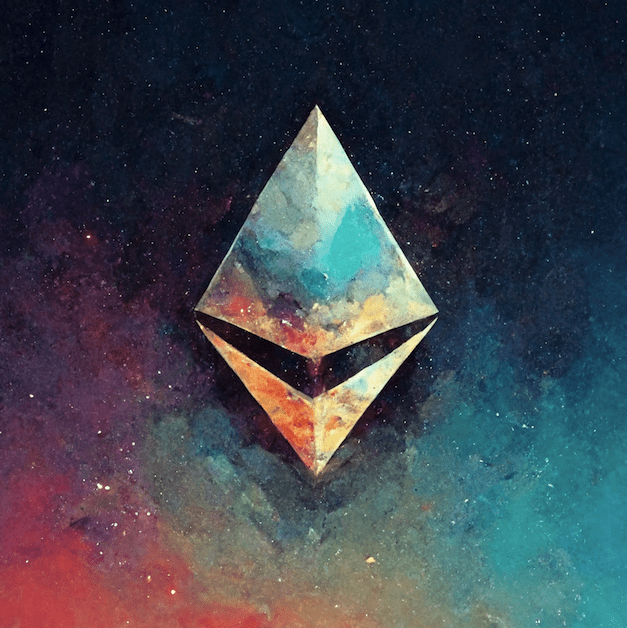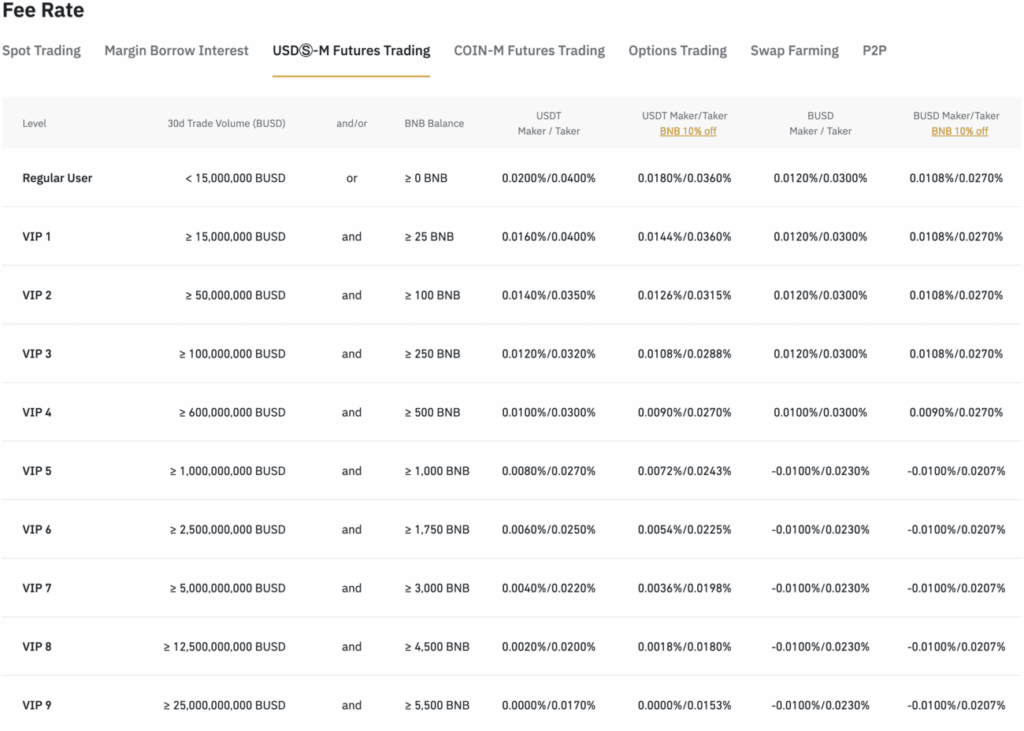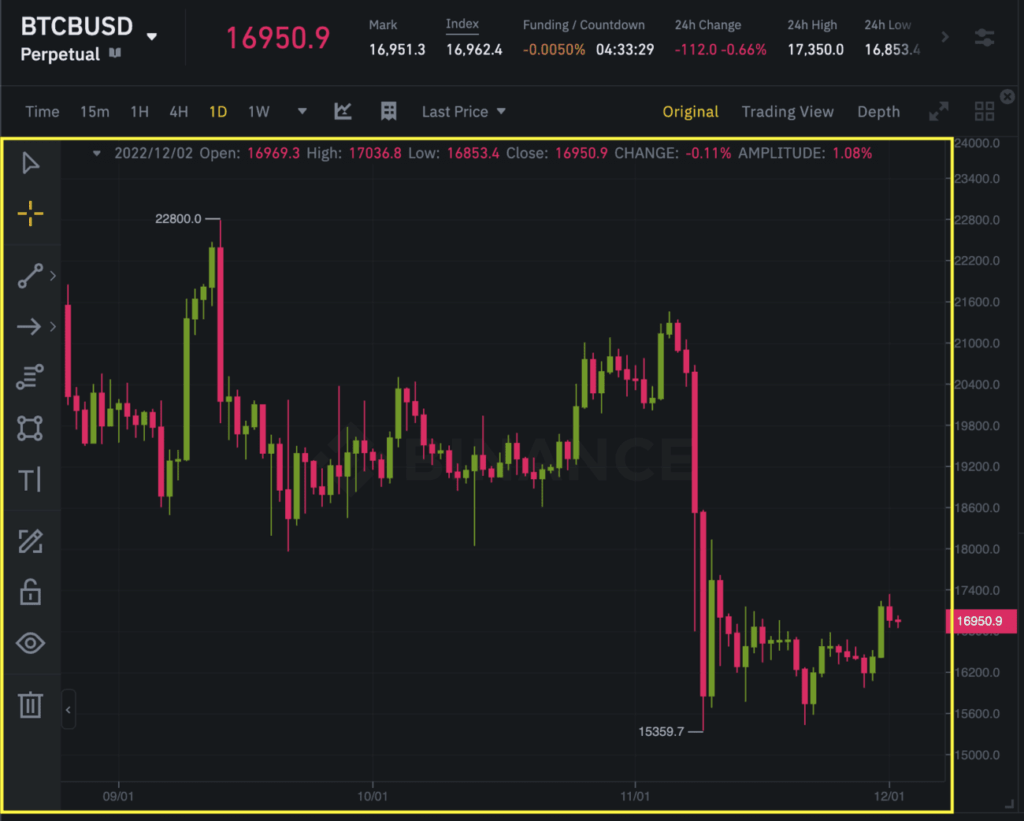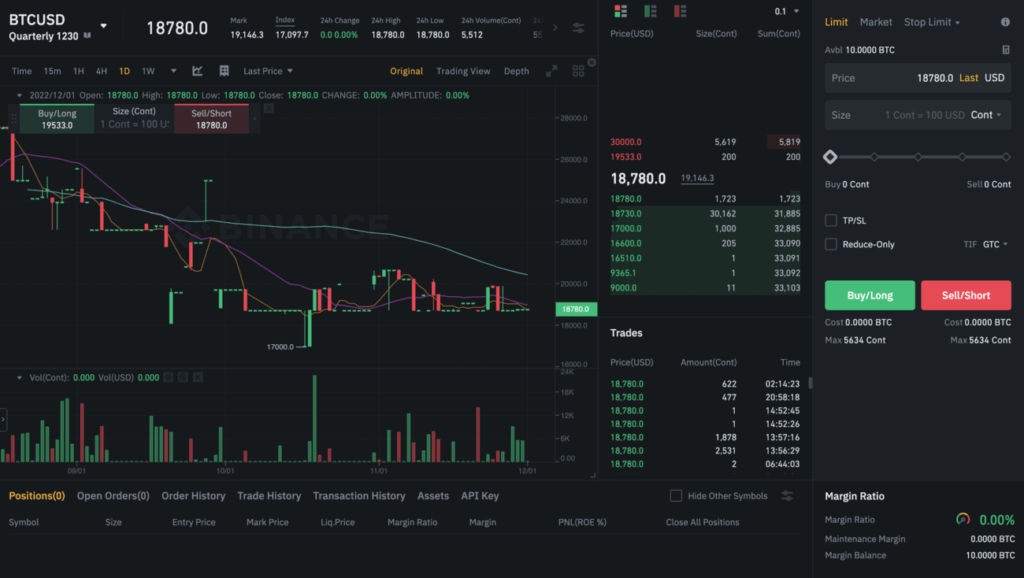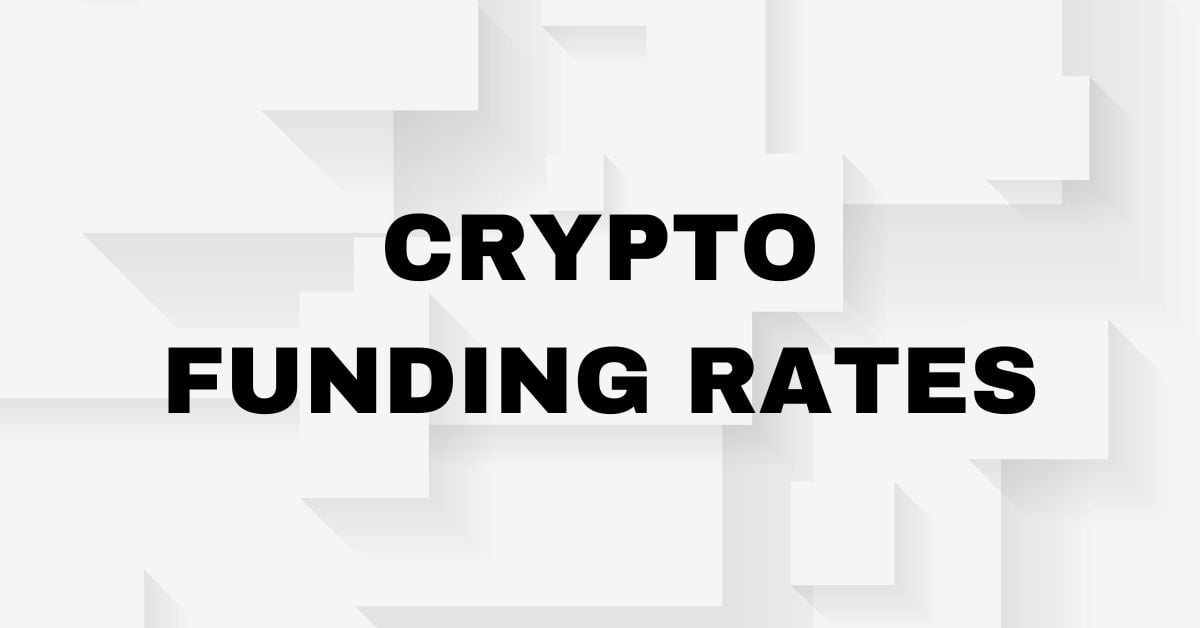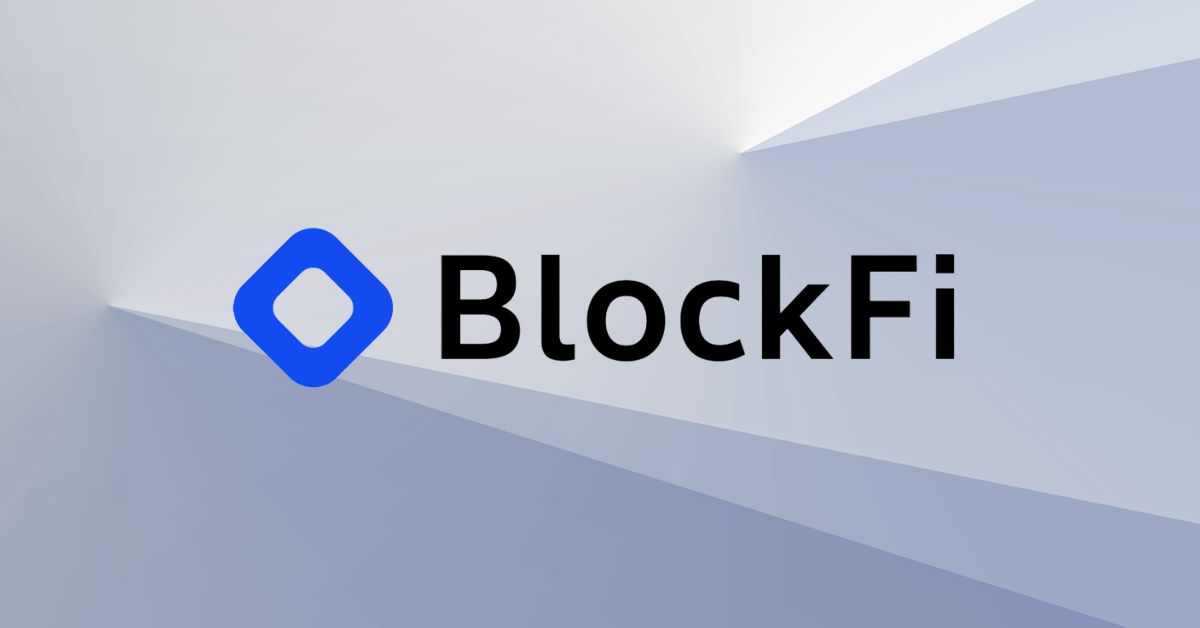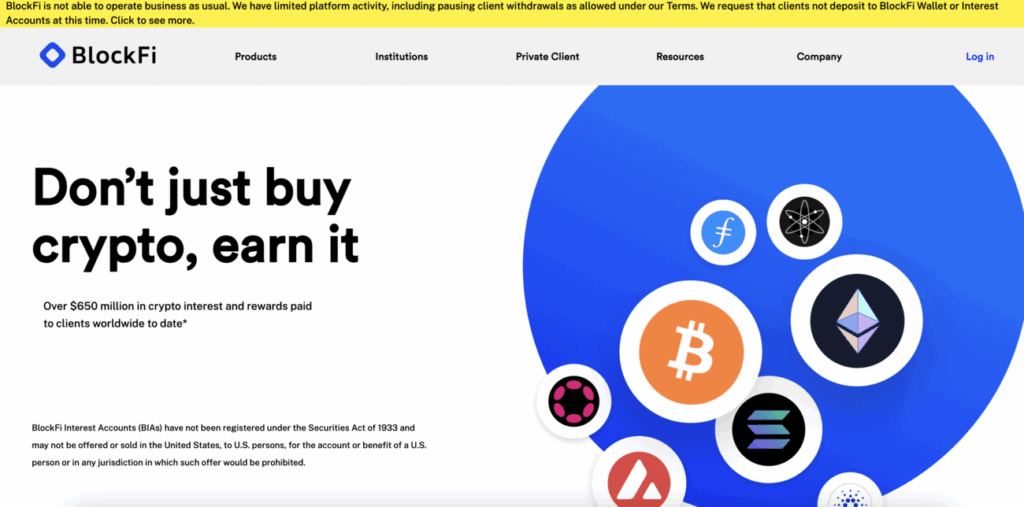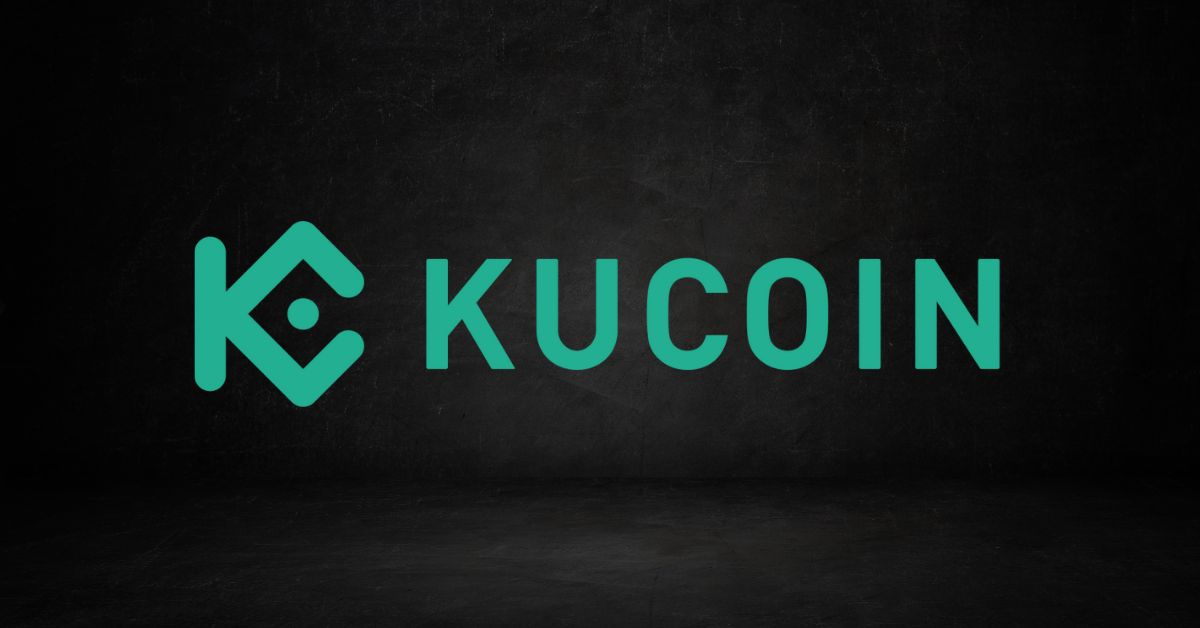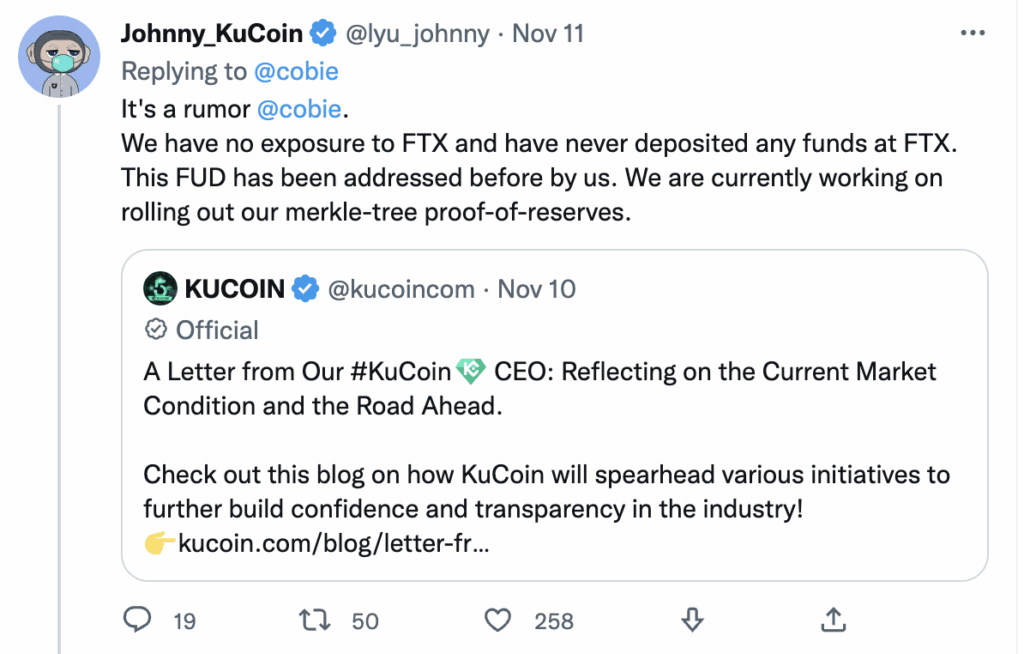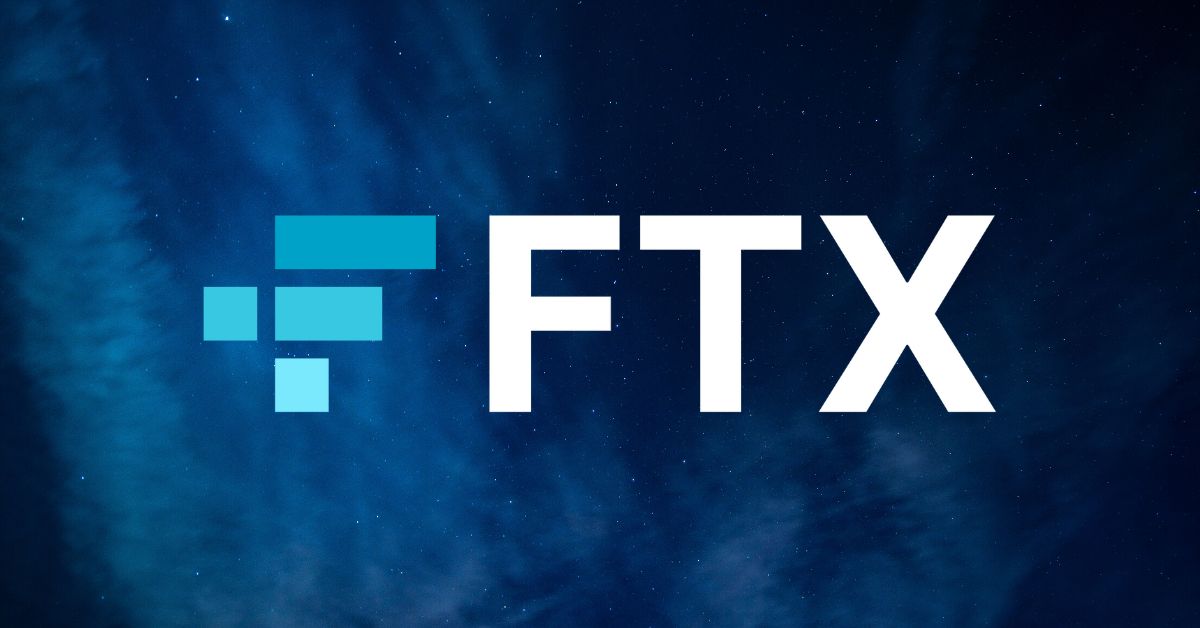CBDCs are government-backed assets that would offer users an official way to explore existing fiat currencies in a digital manner. Stablecoins have become very popular cryptocurrency options because they function with little to no volatility, providing access to decentralized currencies without the risk of depegging in value. These assets offer stability to crypto enthusiasts who are uninterested in other assets with sudden price swings. As the number of stablecoins increased over time, many countries began to notice and eventually began exploring government-backed stablecoin cryptocurrencies, called Central Bank Digital Currencies (CBDCs). In this article, you will learn everything you need to know about CBDCs, and their pros and cons.
This is a comprehensive review of CBDCs. If you want to know more about the history of CBDCs, we have also previously written about CBDCs here.
What are Central Bank Digital Currencies (CBDCs)?
A CBDC is a digital form of legal tender pegged to a country’s national currency. These digital currencies are under the control of central banks, which issue the assets, govern their supply, and create related policies. CBDCs have now gained a lot of traction in the financial space. Today, countries are either launching CBDCs or doing research and analysis into the economic and technical feasibility of establishing a national digital currency.
How Do CBDCs Work?
CBDCs address specific concerns around crypto volatility, government backing, and transparency through distributed ledger technology (DLT). In traditional finance, banks keep track of all user transactions in a ledger for account records and audits. With distributed ledger technology, there are several copies of CBDC transaction records stored and managed individually, although uniformly updated. It also allows for much easier tracking of spending compared to cash, which is data many governments would like to have.
Separate financial entities (usually branches of a country’s central bank) manage these records in a distributed manner via DLT. This type of distributed ledger is known as a permissioned blockchain because the central banks have total control over access and distribution, usually only authorizing a few entities to perform specific administrative roles, including altering rights and accessing records. This is in direct contrast with permissionless networks, like most leading blockchains, which allow anybody to perform transactions without needing permission from a central authority.
Governments may choose CBDCs because they retain control over certain aspects, such as the total supply of digital currency. On the other hand, popular cryptocurrencies have a hard supply cap that may be impossible to alter. For instance, the Bitcoin network will create only 21 million coins. Once all 21 million Bitcoins are mined, there can be no more new Bitcoins. But CBDCs can be continuously created. Since central banks are responsible for maintaining financial stability, they may choose to reduce or add to the total supply in circulation whenever they consider it necessary.
Types of CBDCs
There are two categories of CBDCs, largely based on the intended uses:
Retail CBDC
Retail CBDCs are nation-backed digital currencies used by everyday consumers and businesses. People use retail CBDCs like they would use petty cash, without worrying about security or government regulations, even though the assets are under the government’s purview. Additionally, retail CBDCs promote financial inclusion, and also help to lower costs and environmental factors associated with printing cash.
Wholesale CBDC
A central bank primarily creates wholesale CBDCs with financial institutions as their main target, as this type of CBDC facilitates easier and quicker payments between financial institutions. The process of settling transactions using wholesale CBDCs is also more efficient, as permissioned blockchains help institutions resolve risks associated with liquidity and third-party payment processors. Wholesale CBDCs also improve cross-border transaction efficiency.
CBDCs Around the World
Several countries have begun experimenting with blockchain CBDCs, while others have already launched their own iterations. So far, more than 100 countries have officially begun exploring CBDCs, with some in the research, development, or pilot stages. As of July 2022, 10 countries have officially launched CBDCs. Some of them include:
- China: Digital Yuan/ e-CNY (DCEP)
- Sweden: e-krona
- Bahamas: Sand Dollar
- Nigeria: eNaira
- Eastern Caribbean Area: DXCD
- Marshall Islands: Sovereign (SOV)
- Russia: Digital Ruble
- Cambodia: Bakong
To learn more about specific CBDCs, see our review of China’s Digital Yuan/ e-CNY (DCEP) here.
Which is the world’s first CBDC?
The Bahamas ‘Sand Dollar’ is the world’s first CBDC to be released and available nationwide. The Sand Dollar was released on 20th October 2020 to all 393 residents of the Bahamas. Each Sand Dollar is pegged to the Bahamian dollar, which is pegged to the US dollar.
Pros and Benefits of CBDCs
CBDCs potentially offer the following benefits to a nation’s financial framework:
Simplifying Monetary Policy Implementation
One major challenge with traditional monetary policy implementation is that it depends on intermediaries within the financial system. As wholesale CBDCs streamline the flow of funds in financial institutions, retail CBDCs establish a direct connection between central banks and the citizens that use their currency. This connection to end users effectively improves the process of implementing policies, as the central bank has first-hand knowledge of users’ needs.
Financial Inclusion
CBDCs make fund distribution much easier. They potentially provide more financial inclusion by making services available to people or regions with limited banking opportunities. With CBDCs, central banks can extend access to basic financial services without building an expensive banking infrastructure.
Efficient Cross-Border Transactions
CBDCs enable faster and more secure fund remittance between countries. This significantly reduces the transaction fees required to send and receive funds to and from citizens in the diaspora, as well as allows the transactions to be completed in seconds or minutes instead of days or weeks.
Further Deter Illegal Financial Activity
A distributed and transparent ledger makes it easier for central banks to keep track of transactions and prevent illegal activity. Moreover, where these illicit transactions occur, they are easier to trace, and could even be reversed or frozen.
Growth of the Fintech Sector
CBDCs support the growth and development of the fintech industry. With the global adoption of CBDCs, the fintech space is gradually witnessing a new technological landscape that creates new jobs and opportunities.
Cons and Drawbacks of CBDCs
Like any innovation, CBDCs also have drawbacks users must consider. These disadvantages include:
Traceability and Lack of Anonymity
Since central banks manage CBDC transactions through a ledger, they have full control over transaction records. This method does not allow for user anonymity and is in direct contrast with the anonymous nature of most other cryptocurrencies and cash.
Threat to Privacy
Privacy is one of the key drivers behind cryptocurrency adoption. CBDCs may require that central authorities intrude on private users to monitor transactions and combat financial crimes like money laundering. No longer will there be private transactions, as everything is recorded on a ledger controlled by the country’s central banking entity.
High Risk of Cyber Attack
A central bank’s digital currency may attract malicious parties who want to swindle large amounts of money from one source. CBDCs must use top-of-the-line cybersecurity measures to prevent breaches effectively.
Creating a social credit system?
Maajid Nawaz, a social activist and co-founder of British think tank Qiulliam, has suggested that CBDCs can essentially create a social credit system. For example, people can be barred from spending their CBDCs on buses or trains, which will effectively limit their freedom to travel as they wish.
Differences Between CBDCs and Cryptocurrencies
Apart from centralization, here are some other ways in which CBDCs differ from cryptocurrencies:
- The use cases of CBDCs include payments and monetary transactions. On the other hand, crypto assets have selected applications, and not all institutions and companies accept cryptocurrencies as a payment option.
- There is generally more value to safety with CBDCs. In a stable political and inflationary nation, CBDCs maintain their value over time since they are a fiat currency of the issuing country. For decentralized crypto assets, the cryptocurrency’s value depends on market speculation and user sentiments, which makes them much more volatile.
- Central banks can maintain all aspects of CBDCs, including planning and deployment. On the other hand, cryptocurrencies have a decentralized decision-making process.
Conclusion
Considering the efforts and attention that central banks have dedicated to CBDCs, mainstream adoption of these assets is all but imminent. Global adoption of CBDCs will effectively boost the crypto industry’s growth as more people begin to carry out CBDC transactions and look for viable alternatives. CBDCs will also help central banks penetrate a country’s unbanked or underbanked population, which is fantastic for their underserved citizenry.
In the end, nations may enjoy better financial stability from CBDCs. With a centrally regulated, government-backed digital currency in circulation, central banks can enact monetary policies easily and with more transparency in distribution. CBDCs could eventually become the standard for local payments and also for cross-border transactions.

